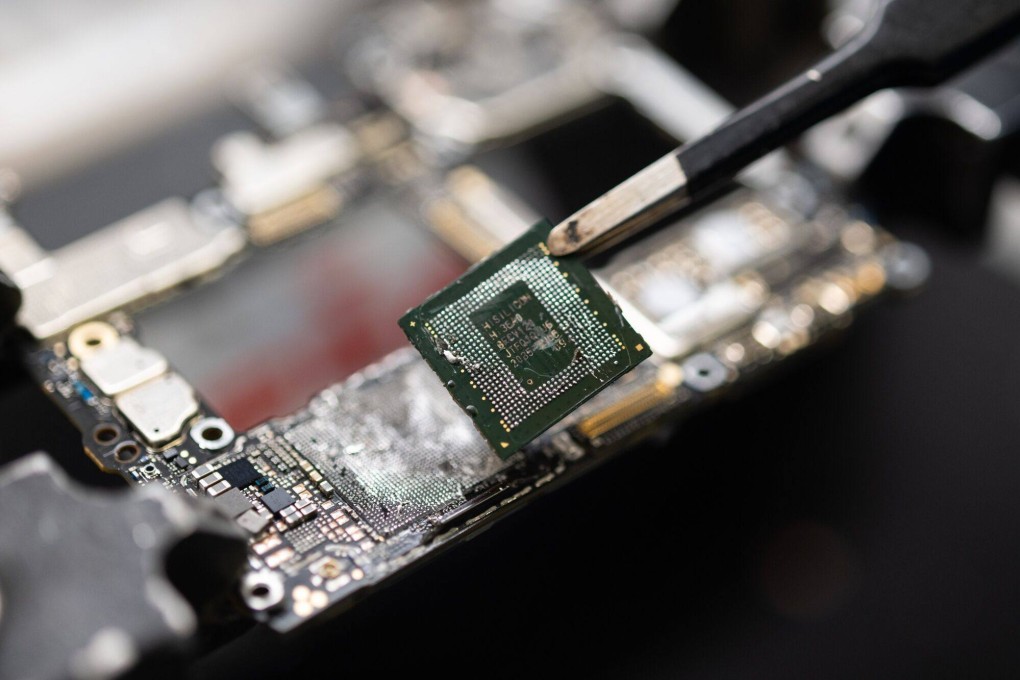Advertisement
Opinion | With Huawei’s chip breakthrough, China has won a battle, if not the war
- Washington’s efforts to restrict Chinese access to critical technologies seem to have failed, with the launch of Huawei’s new 5G smartphone
- What is striking about the Mate 60 Pro is that besides its primary 7nm processor, many of its auxiliary chips are also made in China
Reading Time:3 minutes
Why you can trust SCMP
25

The US-China chip war serves as a microcosm of broader geopolitical and economic tensions. In the technological rivalry between the United States and China, particularly in the semiconductor industry, the US has attempted to disrupt global supply chains with the primary aim of hindering Chinese progress.
Washington has utilised legislation, export controls, executive orders and other measures to restrict Chinese access to critical technologies. However, these efforts seem to be ineffective, if the recent breakthrough in Chinese tech group Huawei’s semiconductor capabilities is anything to go by.
The United States was once the leader in global semiconductor manufacturing, and it is still at the forefront of chip design, with companies like Intel, AMD and Nvidia. However, China, with its ambitious “Made in China 2025” plan, has invested heavily in the semiconductor sector and made significant progress in closing the gap.
Huawei’s new Mate 60 Pro 5G-capable smartphone boasts an advanced home-grown chip that features the company’s own designs and was made using a process called 7 nanometre. This development, seen as a victory in the face of US sanctions, has sparked nationalist sentiment on Chinese social media.
The US government has initiated an investigation into the Chinese chip in Huawei’s latest phone, amid concerns about the efficacy of Washington’s sanctions aimed at throttling Chinese tech. The chip is believed to have been made by China’s Semiconductor Manufacturing International Corp (SMIC), which is blacklisted by the US.
The US Commerce Department is seeking more information about the composition of this chip, in determining whether US sanctions were violated in its manufacturing. While Washington’s approach has been to avoid a broader economic decoupling and focus on narrow tech restrictions targeting critical areas, some have warned of loopholes in such measures, including export controls, and called for stronger actions against both Huawei and SMIC.
Advertisement
